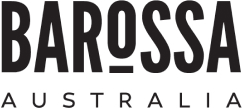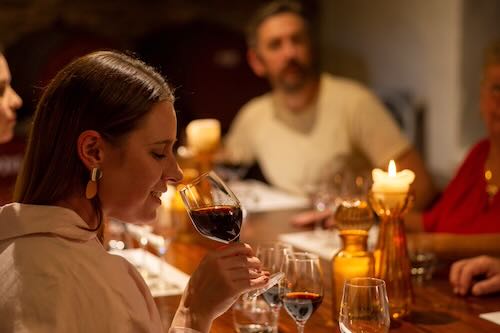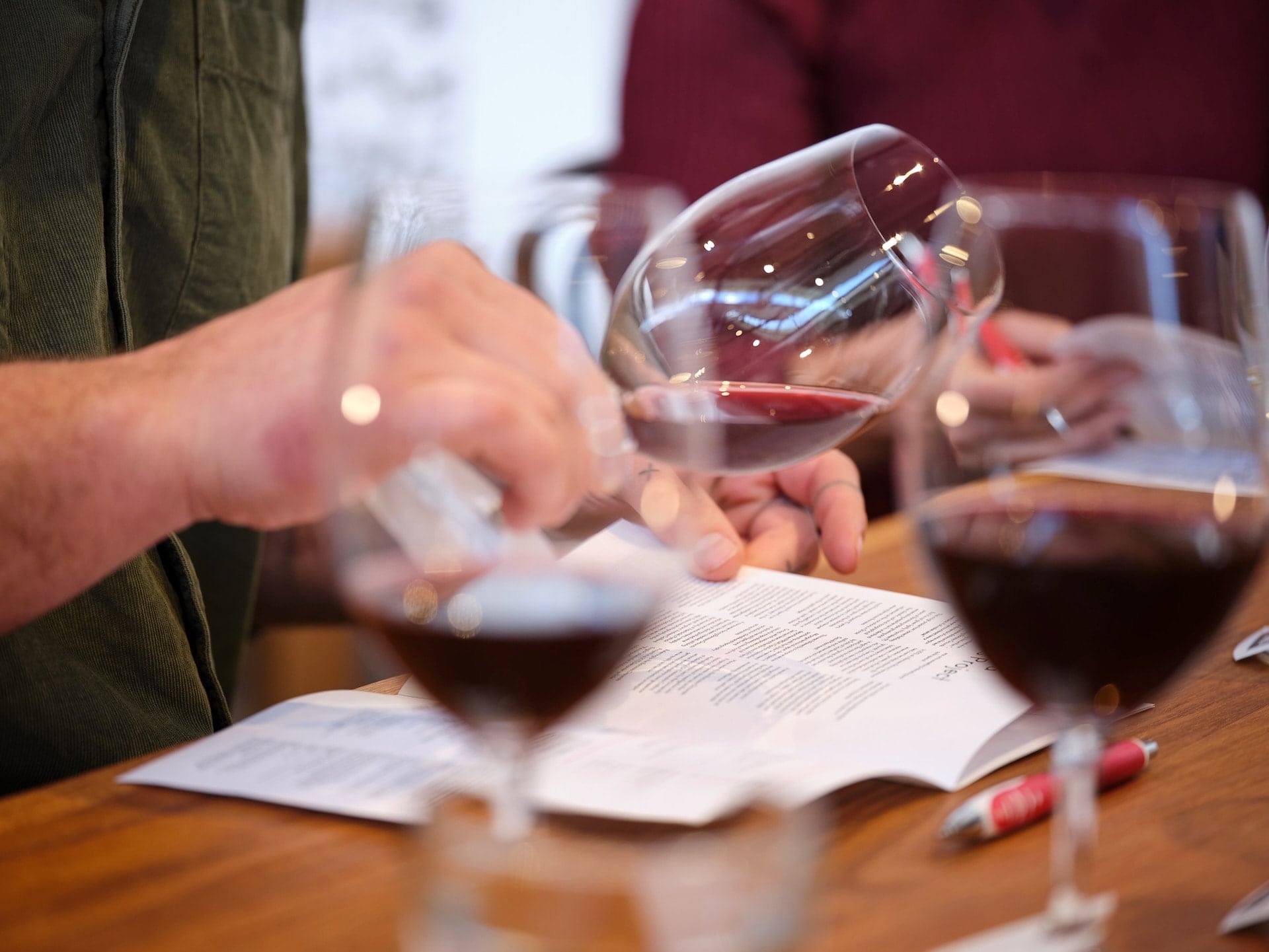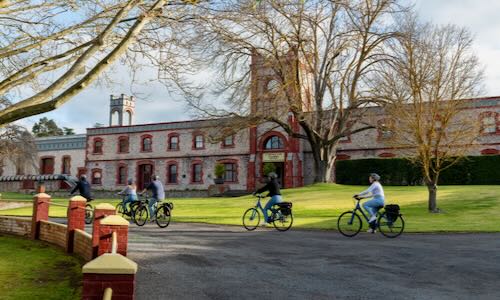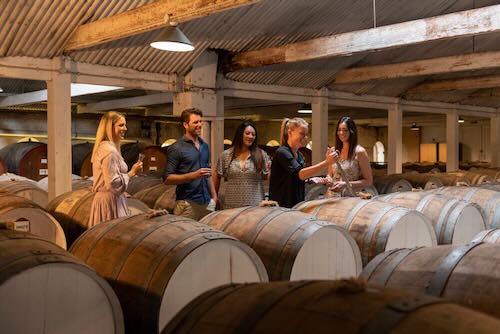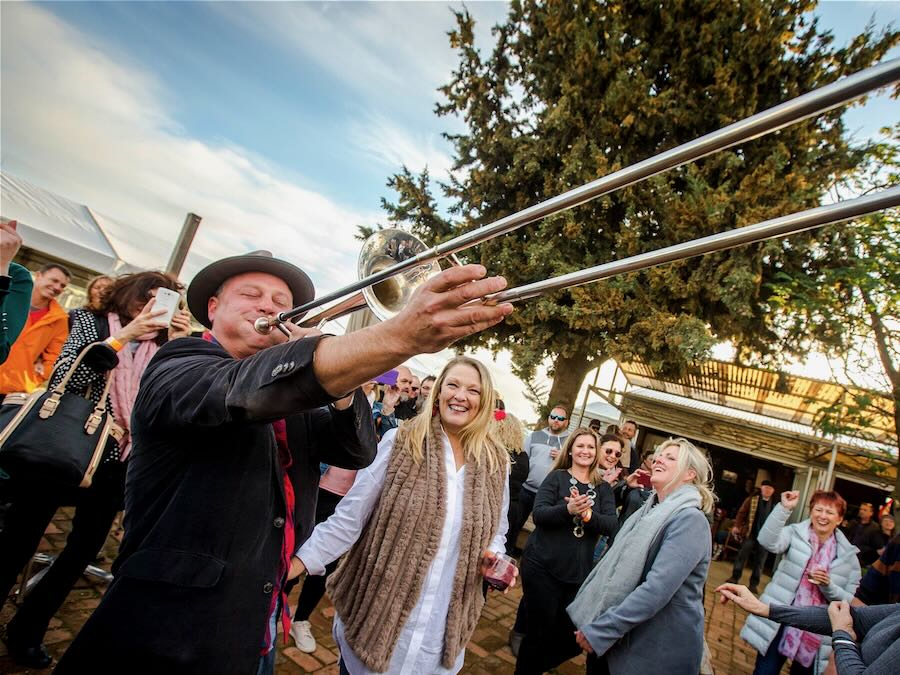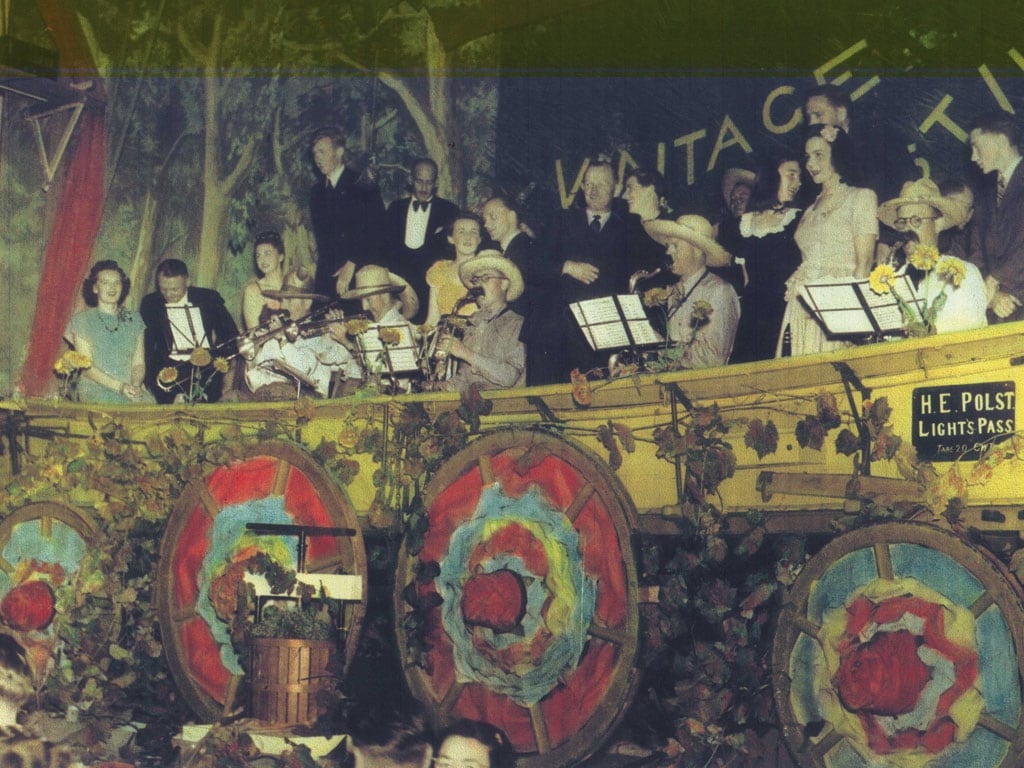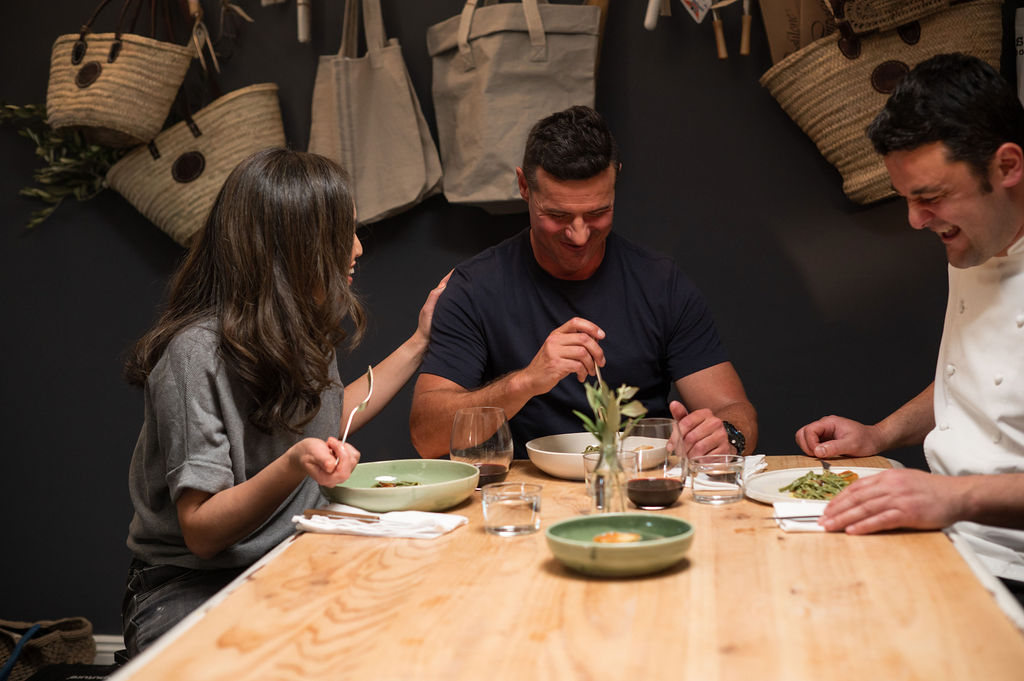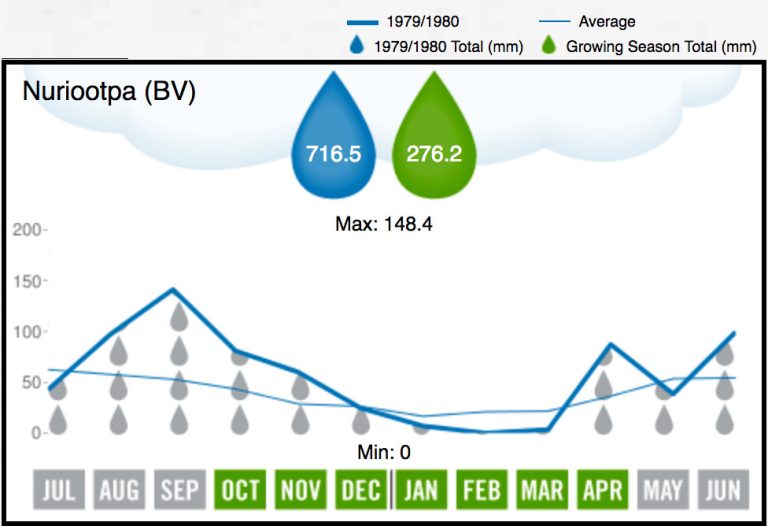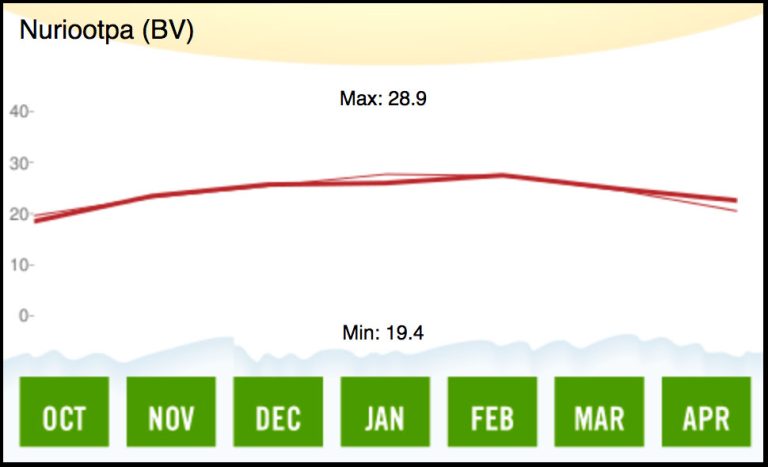Summary
Above average growing season rainfall followed by a cool, dry vintage and a wet April. Apart from a severe hail storm on November 14, 1979, which caused crop losses as high as 20% in the hills, this was a good yielding year for reds such as Grenache and all white varieties. Yields in Eden Valley were lower than average. Heat in January and February followed by cool, stable ripening conditions produced good, strong Barossa reds and whites.
In 1980 there were 8,018 hectares of vineyards in Barossa and 50,268 tonnes of wine grapes were crushed in that vintage.
Highlights
A white grape variety shortage meant white prices rose, encouraging growers to plant Chardonnay. This signalled the beginning of the Chardonnay boom in Australia.
Reduced tillage and slashing of cover crops were recommended following the 1974 downy mildew disaster when vineyards were too boggy to spray as a result of heavy rains.
There was also increasing interest in quality (as opposed to quantity), as wineries introduced load assessment of Baume and temperature. Wineries also recognised cork taint as a major quality issue.
The development of yeast starter cultures and the aerobic propagation of yeast gathered acceptance.
Peter Lehmann Wines (formerly Masterson) opened in 1980. A Masterson Barossa Pinot Noir captured attention at the Barossa Wine Show. It was an attempt by Peter Lehmann to develop a Barossa Pinot with colour, flavour and ripeness.
The Barossa undertook its first interstate marketing promotion – a journey by the Indian Pacific train to Sydney for public tastings in the Domain.
St Hallett Old Block Shiraz was launched. Made by winemaker Robert O’Callaghan it was a tribute to the Barossa’s old vine heritage and served as a shining light at a time when Shiraz prices had slumped to $200/tonne.
Sources
SA Wine Grape Crush Survey, Vinehealth Australia and ‘Barossa Vintages: a wine history from 1842’, Peter Fuller

